How to spend 48 Hours in Goslar
‘I lived in a more conservative, small minded town nearby before coming to Goslar. The locals here are really friendly and welcomed me with open arms-I fell in love with the place instantly. It has the atmosphere of a small town but the friendly nature of a big city. We don’t have too many bars or restaurants but I love them all. I like the fact that I am near to the mountains. My favourite part of living in this city is wondering through the cobbled streets at night with all the medieval buildings lit up. It feels magical.
Hanna Gast. Goslar local
Goslar is a small town in Germany’s Lower Saxony but for all its smallness, it certainly packs a lot of punch on the importance scale. For here, is the rags to riches story of a small, unassuming town, hidden in the Harz mountains that was propelled to unprecedented levels of wealth and prosperity from the simple discovery of silver ore in a nearby mountain. The rich silver mines discovered in the Rammelsberg mountain shifted the fortunes of many generations of Goslar residents, attracted the attention of the early Holy Roman Emperors who deemed the area a suitable residence, fit for kings. Today, the Rammelsberg mines have been depleted of all their wealth, but the town of Goslar and the Rammelsberg Mines and are an important tourist site, a UNESCO World Heritage Site and serve as a reminder that it takes just one landmark discovery to shift the fortunes of an entire town, region and country. Here is a list of my 13 best things to do in Goslar in the form of a 48 hour itinerary.
Day 1
1. Market Square of Goslar
What better place to start our exploration of Goslar than at the heart of the Old Town Square – at the Market Fountain. The Market Fountain might appear as a single structure but in reality it is a composite creation where details have been added or changed over a period of six centuries. Just to give you an idea of its different layers the lower bronze basin is from the 12th century, with fine Romanesque details. The smaller upper basin, a 100 years younger, sits jauntily atop the lower basin like a fine goblet, sending out small streams of water. The golden eagle perched on the top is from the 18th century and originally of gold, although nowadays after getting stolen too often is just painted into gilt glory.
In medieval times, many people couldn’t believe that humans could carry such a large fountain to the middle of the market square. Therefore, it was thought that the devil himself had brought it there. Following this legend, some people used to believe that if you would knock against the fountain at midnight during a full moon, the devil would appear from the market fountain.
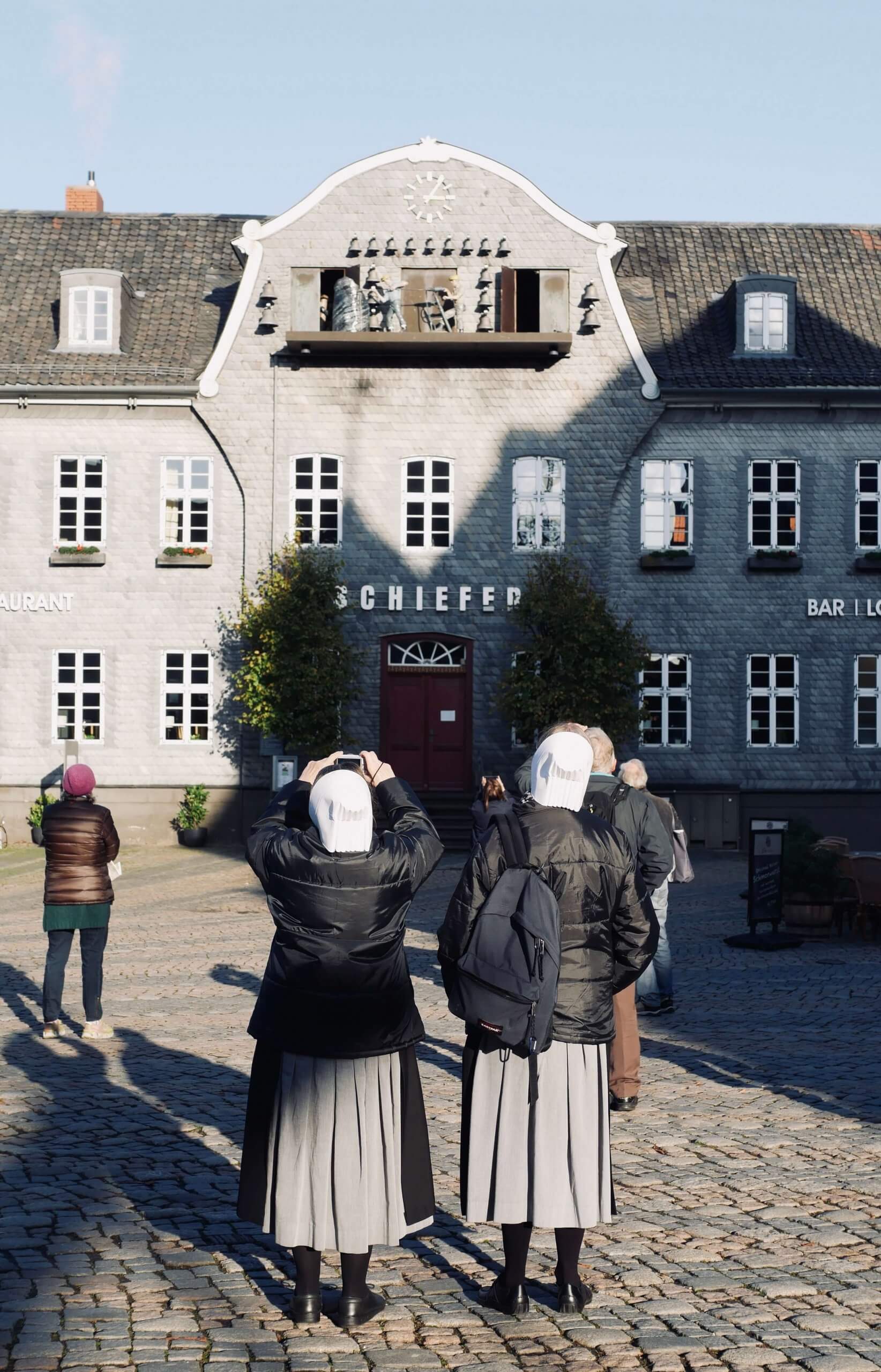
The Market Square is also the place of the Glockenspiel. Merry chimes ring out four times a day and is a sight worth waiting around for. The figures being shown tell the story of the beginnings of Goslar’s mining industry starting with the knight Ramm, whose horse discovered the ore on the mountain, up to modern times.
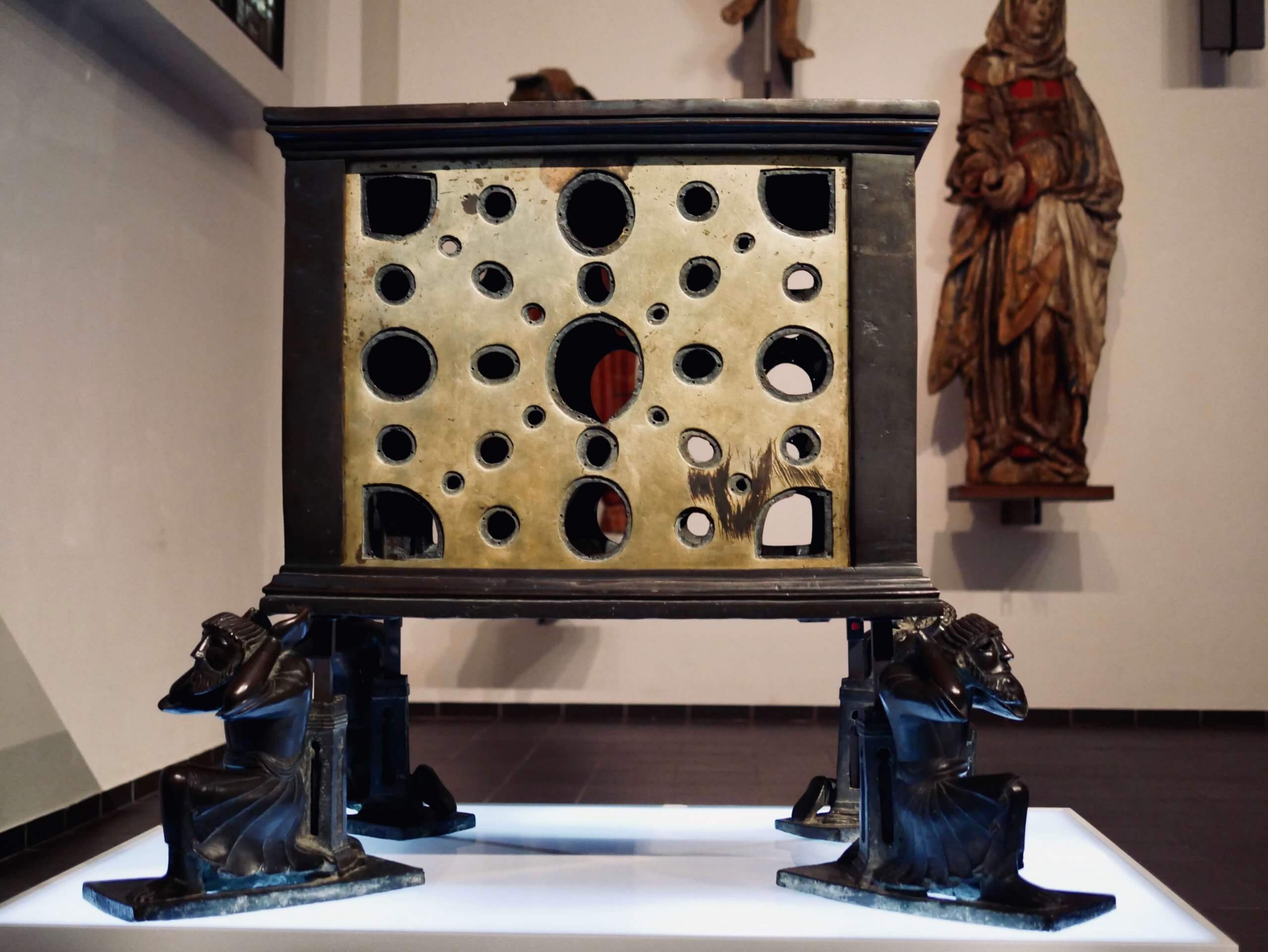
2. Goslarer Museum
If you are particularly interested in the cultural and sociological history of Harz and Goslar, The Goslarer Museum is a definitely worth a stopover. Documenting a millennia of city history, the museum is housed quite appropriately in a monastery that dates back to 1514.
Exhibits of special interest include a cabinet of curiosities, in the shape of coins with the Goslar mint stamp that date back to the tenth century. Artefacts that were once housed in Goslar Cathedral are also on display here. An example is the Krodo Altar, the sole surviving church altar piece made of metal from the Romanesque period and is therefore, of great religious and historical importance. It’s antiquity probably dates as far back as the early twelfth century.
Tip: Most of the exhibits have German descriptions but there is an English guidebook -just ask the lovely staff at the reception.
Address: Konigstrasse 1, 38640 Goslar, Germany
Entry prices: €4. If you are planning to visit the next door Zinnfigurenmuseum, a Kombi-Ticket for both costs just €6. Tickets for the kids starts at €2.
3. Lunch at Goslar Die Butterhanne
If you are looking for good quality traditional fare in a touristy but cosy local setting, then you can’t go wrong with the Goslar Die Butterhanne. Start off with a glass of the local Gose beer- a top-fermented local beer that is brewed by the Brauhaus Goslar next door. You can choose from the light Gose Hell version and the Gose Dunkel version. The menu is varied , generous portions and well priced- choose from healthy salads ( Starts from €6.20) to Flammkuchen ( Starts from €8.40 ) and more heartier dishes like Beer Goulash with Spatzle and Red Cabbage (€10.20)
The name of the restaurant is a nod towards one of the town’s most infamous citizen, the Butter Hannah, a charming young lady who was known to casually reveal her bottom to local citizens while churning the butter. You can see the Butterhanne on the walls of the Brusttuch House along a riot of carved wooden figures ranging from red devils to angels.
Address: Marktkirchhof 3, 38640 Goslar
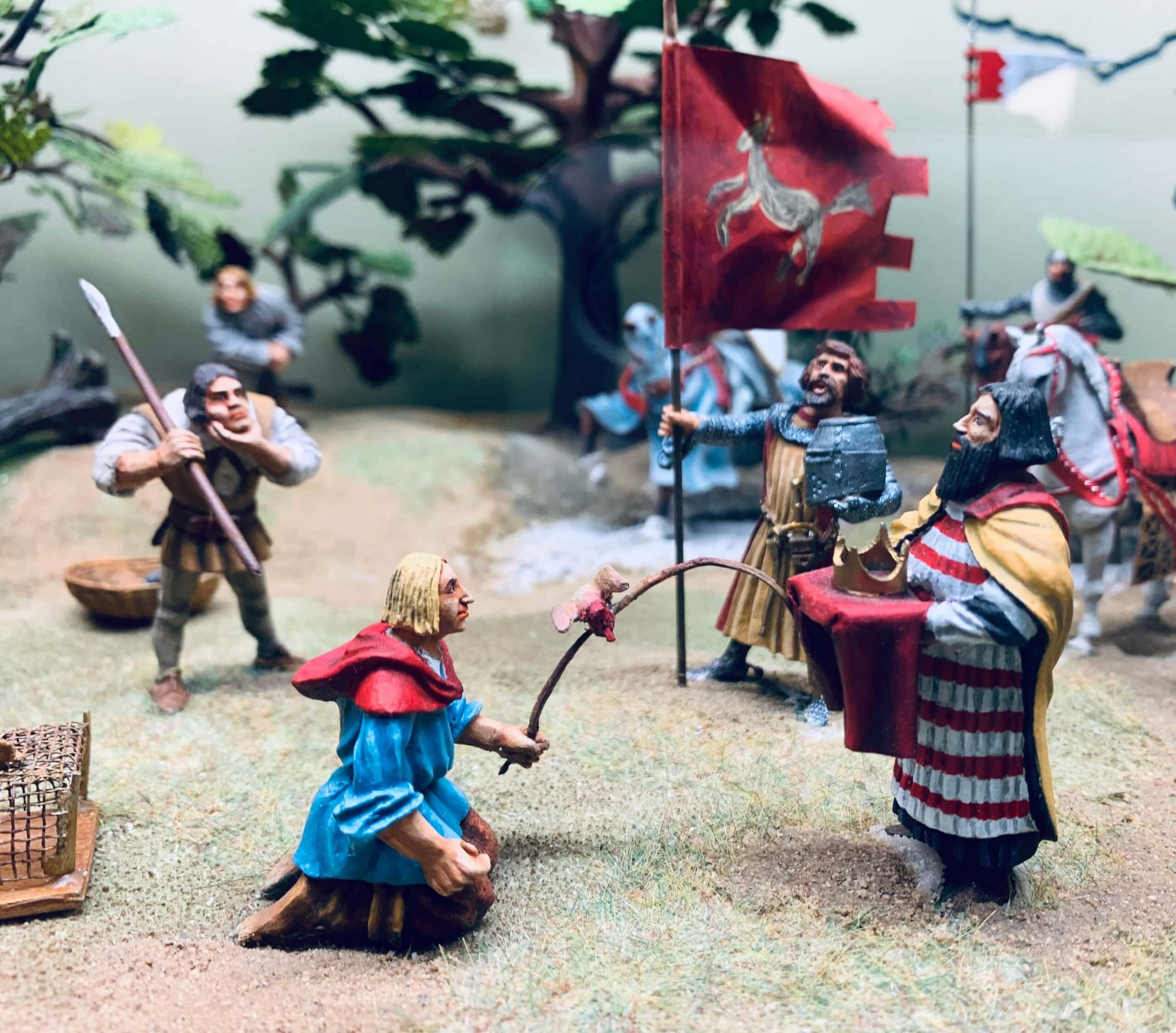
4. Zinnfiguren-Museum Goslar- Germany’s most beautiful tin museum
If you love miniatures ( I’m a huge fan of the Miniatur Wunderland in Hamburg) the Zinnfiguren Museum in Goslar, described as the most beautiful museum of its kind in Germany is a must visit. Upholding the legacy of 1000 years of mining history in the region the museum is dedicated to the display of over 10,000 hand-painted tin figures, diorama and the cultural history of the development of the art of tin figure making. There are 30 dioramas that depict fairy stories that will surely captivate audiences, young and old.
The museum came into existence in 1985 and visitors are presented with the unique opportunity of making and painting a unique tin figure themselves. If you so wish, you can purchase a figure to take home has a memento. The museum is housed in a 500 year old mill that was once part of a tannery.
Address: Klapperhagen 1, 38640 Goslar, Germany
Entry prices: If you are planning to visit the next door Goslarer Museum, a Kombi-Ticket for both costs just €6. Kombi-ticket for children and young people: EUR 3.50
5. Imperial Palace of Goslar
Built in the Romanesque style, The Imperial Palace of Goslar is one of the largest, oldest, and best preserved secular buildings from the 11th century in Germany and enjoys UNESCO World Heritage status alongside Goslar’s Old Town and the Rammelsberg mines. The palace was famously described by the chronicler Lambert of Hershel’s as being the “most famous residence in the empire” and certainly for the time (early 11th century) it was a very impressive building. Despite falling into a state of disrepair for several centuries, the palace reconstructed in 1879, still remains an impressive structure to date.
In the palace’s upper hall visitors can admire huge mural paintings dating from the 19th century by the artist Hermann Wislicenus that showcase scenes from old German legends as well as pictures of royalty. In the Ulrich chapel next door visitors can view the royal sarcophagus of the Holy Roman Emperor Heinrich III.
Address: Kaiserbleek 6, 38640 Goslar
Entry prices: Adults €7.50 and Children/Kids €4.50
6. Walk through the Old Town of Goslar
Afterwards if you have time to spare, I would definitely recommend a walk through the Old Town of Goslar. It is a very charming, beautiful preserved town traversed by the gurgling Abzucht River. The fabulous Market Square, ornate Gothic arches, picturesque half-timbered houses and cobbled streets transport visitors to another time, steeped in medieval splendour. The town also is in a scenic location, nestled against the backdrop of the northwestern hills of the Harz mountains. It is one of these mountains, Rammelsberg that provided abundant mining opportunities to the people of Goslar in the form of lead, copper and silver mines-more on that later. There are many places of interest to visit in the Old Town including the War Memorial at Barrack Yard and Thomaswall, The Medieval Imperial Palace, and the Zwinger Tower and Pond.
Top tip
During your walk don’t miss out on the beautiful preserved Siemenshaus (Schreiberstraße 12 ) built in 1693 which was the ancestral home of the Siemens family who originated in Goslar. They started off as brewers ( downstairs of the home was the beer brewing room-in the 17th century more than 380 properties in Goslar had the right to brew beer ) then became tradesmen, shoemakers before moving to Brunswick and then Berlin.
Top tip
If you are travelling with young ones or family, I highly recommend a ride on the Choo Choo Train to add to the air of nostalgia. The tours are run by friendly locals and give you an excellent feeling of the city. The duration of the tours are about 30 minutes and it runs from Easter until October, and during the Christmas Market.
Pricing
Choo Choo Train:
Adults: €6,50
Children: € 3,00
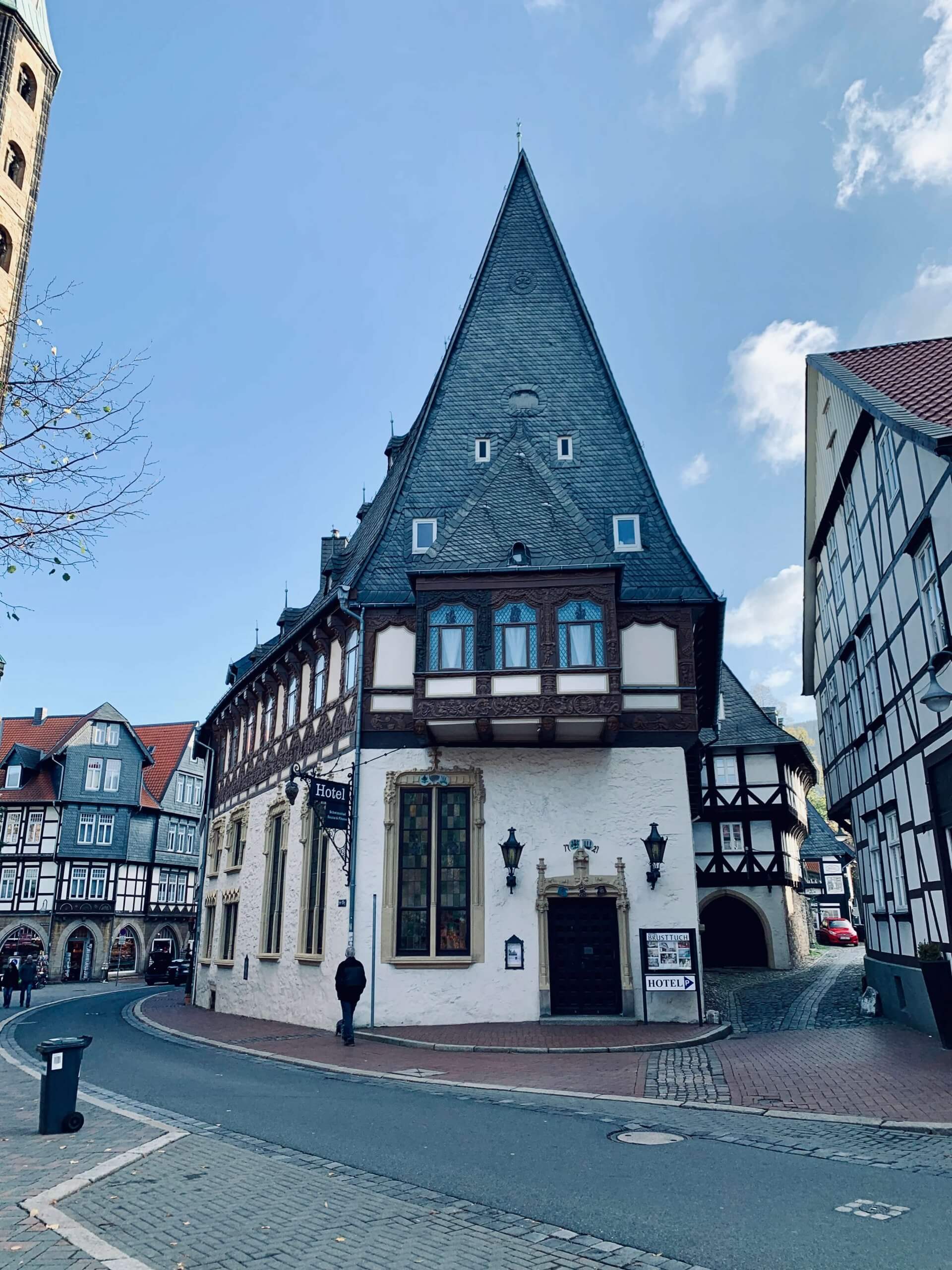
7. Checkout the Bare bottoms of Goslar : Dukatenmännchen and Butter Hannah
Not everything in Goslar is charming and fairytale like. Be prepared for the ribaldry of the Bare Bottoms of Goslar in the form of the infamous Butter Hannah, a charming young lady casually scratching her behind while churning the butter. This, along with a riotous array of carved wooden figures in the forms of red devils, angels and a dignified lady riding a goat backwards in the nude are to be found as reliefs on the exterior timber frames of the Brusttuch House. The house built in 1521 is now a hotel and restaurant and has an architecturally interesting trapezoid shape.
Another quirky statue not to miss on the stunning exterior of the medieval guildhall, the Kaiserworth (on Goslar’s market square) is the Dukatenmännchen which depicts the cheeky figure of a man defecating gold coins. The figure and act of pooping coins is a nod perhaps to the act of illegal money lending which was rife at the time.
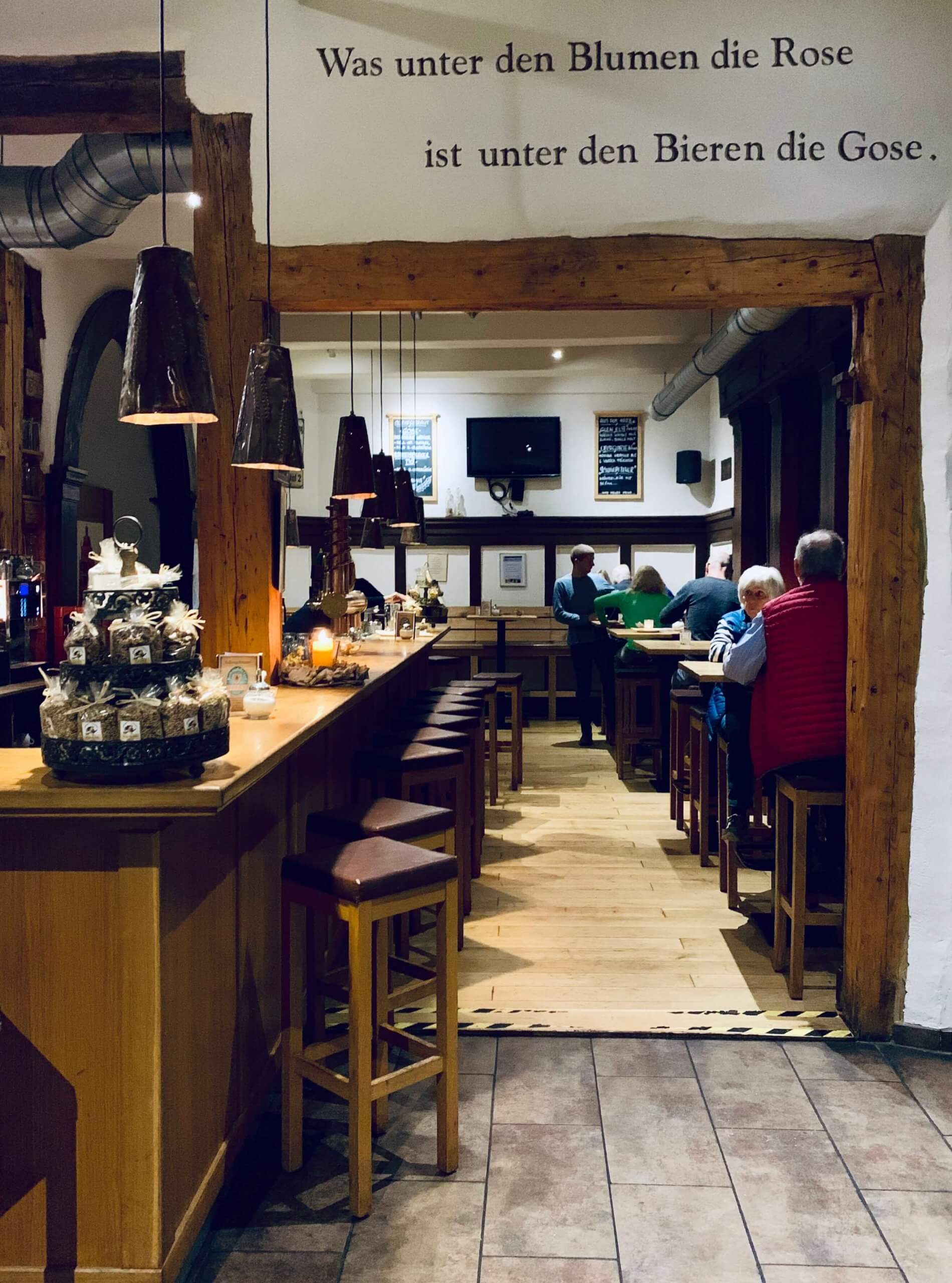
8. Beers at Brauhaus Goslar
Situated in a half timbered house right next door to the Die Butterhanne on the market square , stop over at the Bauhaus Goslar for a glass of Goslar’s original beer, the Gose which is named after the little river that runs through the city. Dating back to 995 AD, this is one of Germany’s oldest breweries. Choose from 4 beers on tap and also dine on classic hearty local cuisine in their cosy traditional Brauhaus style medieval interior-perfect place to end your day in Goslar.
Address: Marktkirchhof 2, 38640 Goslar
Day 2
9. Ore Mines of Rammelsburg
The Rammelsberg Ore Mines are a UNESCO World Heritage Site and their discovery propelled the fortunes of an entire region. The first records of mining in Rammelsburg, a 2000 foot mountain in the Harz range, date back to the Middle Ages. The Saxon chronicler, Widukind of Corvey, in 968 describes Emperor Otto the Great, opening the silver mines and having the precious metal extracted. In 1005, lured by the region’s prosperity, King Henry II of Germany had the Imperial Palace built at the foot of the Rammelsburg. The main metals extracted from the variety of ores found in the mines included silver, lead, zinc and copper. Mineral deposits were declared largely exhausted (after 30 million tonnes of ore extraction) in 1988 and the mines were closed. The disused mines have been preserved to serve as a history lesson for visitors, curious to know about the history and development of the region. The mines, now converted to a museum were declared a UNESCO World Heritage Site in 1992.
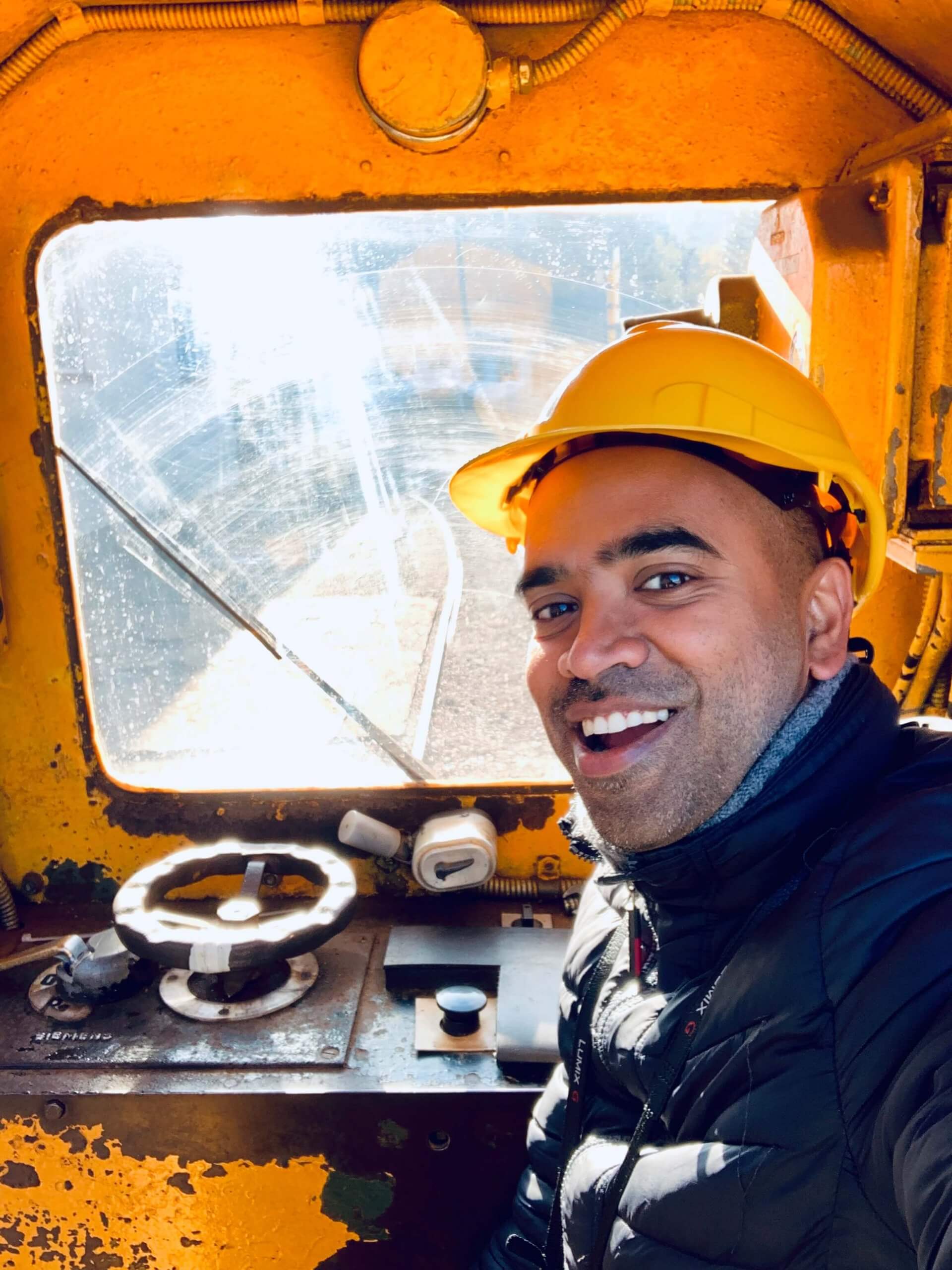
All tours to the mine start in the atmospheric miners changing room where you can see the miners work clothes suspended on metal wires. There are so many highlights to choose from visiting the mines. I loved my ride on a remodeled train wagon ‘Rolli-Mobil’ , an original mine train that takes you rattling and screeching into into the depths of the mine, just like the miners did.Inside the mine, Once inside the mine you can have a hands on demo of the original mining machines used by the miners and an insight into the working methods of miners. Another cool feature of visiting the mine is hopping on the incline elevator ( only one of its kind in Germany ), a new feature within the museum which originally would carry upto loads of upto 1.7 tonnes of iron ore to the ore processing facility. From the top you get a stunning panoramic view of the site and the Harz mountains in the distance. Other standout moments, include the incredible Roeder Gallery which with its innovative flatrod system and water wheels supporting pit drainage and helped hoisting the buckets of ore to the surface. Worth noting that Roeder’s water management system lasted from 1805 for almost 100 years till the advent of electricity!) During exploring the mines you will also notice in parts copper, zinc, sulphur, lead still oozing from the clammy rock walls of the tunnel. The colours are equally beautiful and petrifying.
Address: Bergtal 19, 38640 Goslar
Pricing
Adult: guided tour and museum visit: € 16
Children: guided tour and museum visit: € 9
Groups: guided tour and museum visit: €13 per person
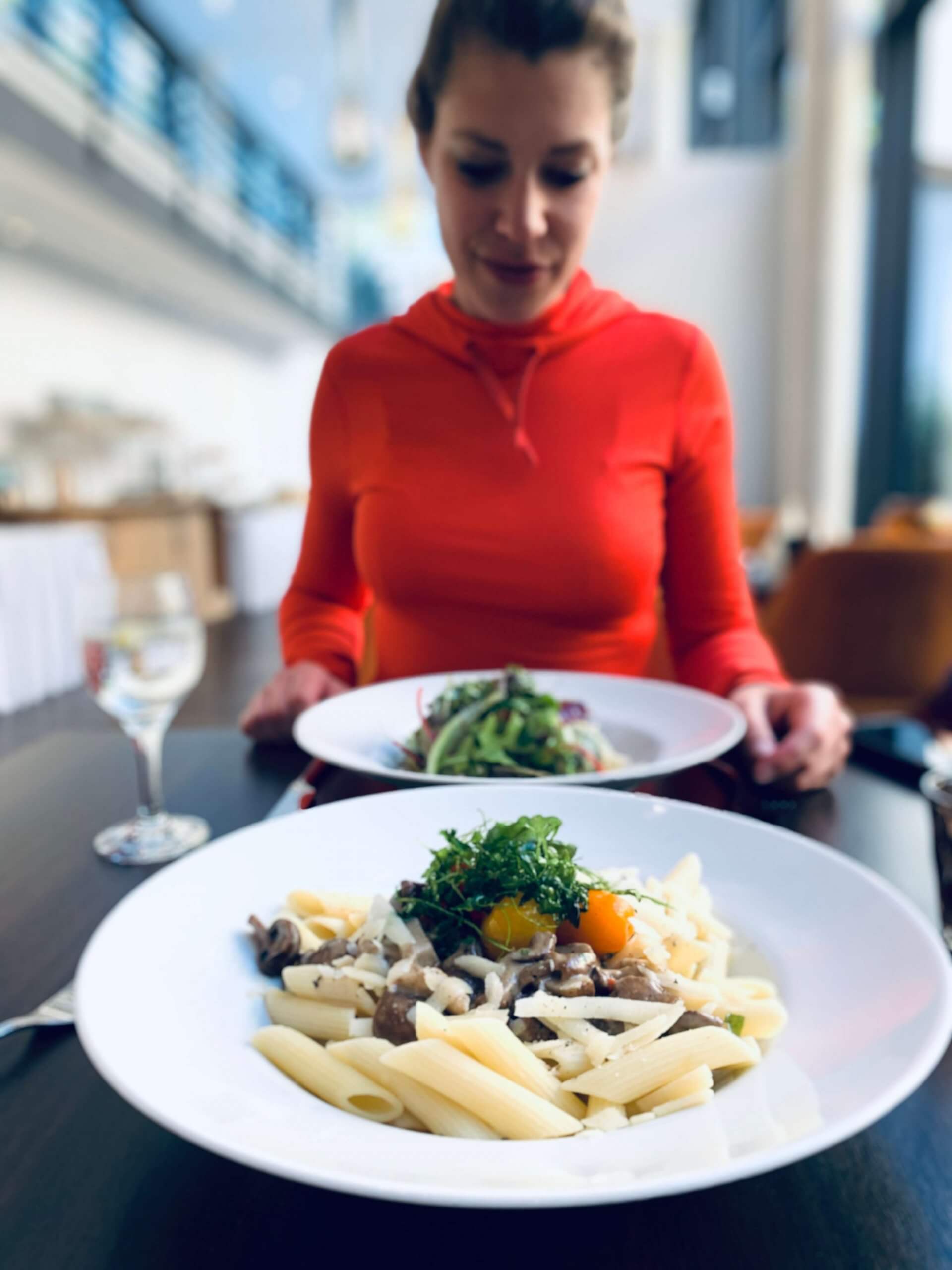
10. Lunch at Restaurant Alte Munze
Situated in the boutique 4 star Hotel Alte Munze, enjoy a very tasty lunch in their historic breakfast room which dates back to 1509. Definitely not the cheapest option in town but the food and the service here is wonderful-start with their delicious pumpkin orange soup (€6) and then choose their gnocchi in sage butter with pumpkin and mushrooms ( € 16.50 )
Address: Marktstraße 1, 38640 Goslar
11. Marktkirche Goslar
The first mention of the Evangelical Marktkirche of Goslar is found in 1151 and over the ages, due to redesign the church has suffered many changes. Despite the mix of Gothic,Romanesque and Renaissance design this unassuming yellow brick church with asymmetrical church steeples is a charming building.The north tower was rebuilt with a Renaissance-style cupola due to a fire in 1589. This is in fact the tower to be scaled in order to take in the best view of Goslar. Medieval stained glass windows, frescoes and a bronze baptismal font are all lovely period details.
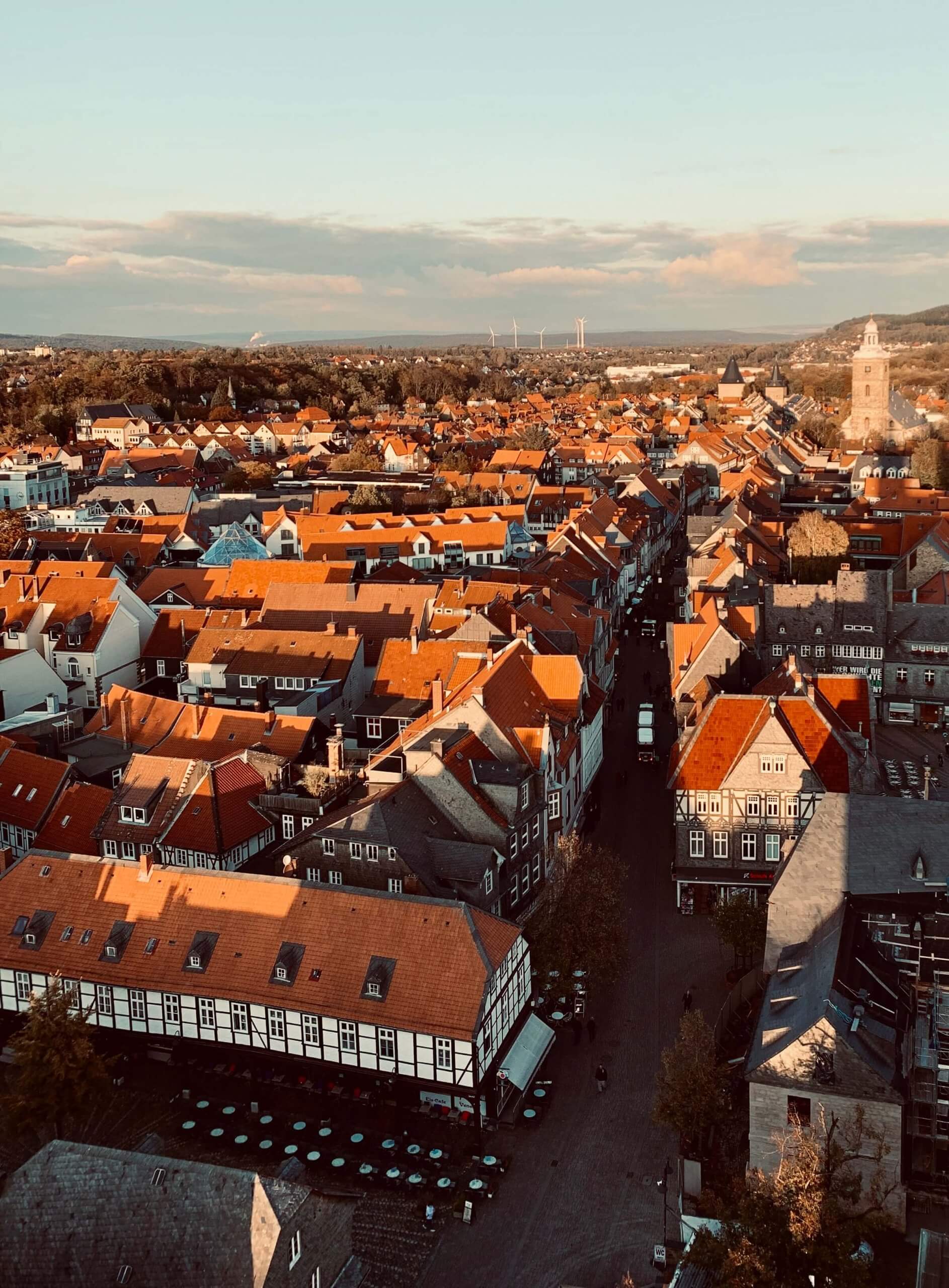
The 200 steps to the top will leave you breathless but the panoramic views will be worth it.
Address: Marktkirchhof 1, 38640 Goslar
Entry prices: Around €3 per person.
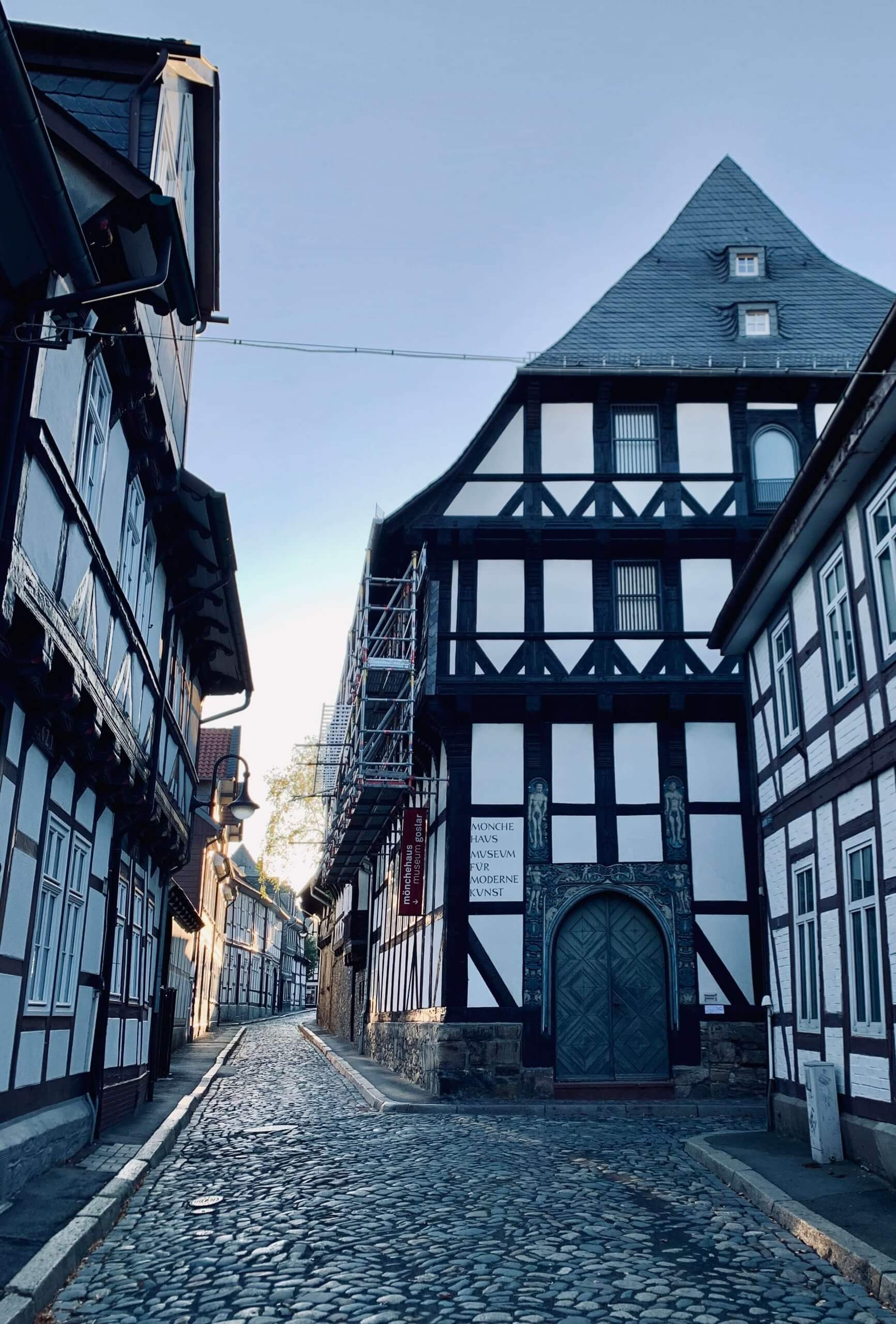
12. Monchehaus Museum Goslar
This is a museum dedicated to modern art in the heart of Goslar. The museum features exhibitions by acclaimed international artists including those of Jospeh Beuys, Max Ernst, Georg Baselitz, Eduardo Chilida and others. The building, originally built in 1528 is a museum piece in itself, spread over three floors. Along with this is the citizen farmer’s house, also from 1528 with its half-timbered buildings, stone vaulted cellars and ornate sculpture garden.
The international award in the Arts, the prestigious “Kaiser Ring” is presented by the town of Goslar and every year the award recipient is asked to display their works at the Monchehaus.
Address: Monchestrasse 3, 38640 Goslar, Germany
Entry prices
Adults €5.00
Children / young people €1.50
13. Finish the trip with beers at Musikkneipe Ko
End your day in this classic German style kneipe ( with smokers room ) where you can expect well priced local priced beers , friendly service and classic pop, rock tunes from the 80’s.
Other Interesting facts about Goslar
Every 1st Sunday of June Goslar celebrating the UNESCO World Heritage Day – city guides, museums, churches and other different public buildings open their doors for the public.
Typical for the Harz region is the annual Walpurgis Party taking place on the night of the 30th April.
Planning your trip to Goslar
How to get to Goslar
Goslar is served by trains from Göttingen, Hanover, Braunschweig, and Halle/Saale every hour. From the station, you can reach Rammelsberg in 30 minutes with the bus line 803, direction “Bergbaumusem.” The bus stop is located directly at the station.
When to visit Goslar
Goslar Old Town, Rammelsberg Mines and Upper Harz Water System is a year-round destination. In peak season it is advisable to make a telephone reservation in advance given the popularity of the site. Also worth noting that the underground guided-tour group sizes are limited to just 25 participants so be prepared to wait.
How to Visit Rammelsberg Mines
Not that visits to the underground sections of the mine are only possible via guided tours. The mine train and tours through the Roeder tunnels take place every 30 minutes daily and require no prior notice.
The underground section of the site can get a bit cold reaching temperatures of 12°C and it quite be quite clammy, damp in places so dress appropriately. There are no age restrictions for guided tours, but the recommend minimum age is four years old.
I visited Goslar as part of a new storytelling project with UNESCO and the new World Heritage Journeys of the European Union project. This project implemented with the support of the European Union in partnership with National Geographic brings together 34 World Heritage sites through four different thematic itineraries: Royal Europe, Ancient Europe, Underground Europe and Romantic Europe. For more details and plan your own UNESCO World Heritage adventure, hop over to the Unesco World Heritage Journeys of Europe website. Big thank you to UNESCO for bringing me to Goslar and also a huge thank you to Franziska Hain and her wonderful team at GOSLAR marketing gmbh for the warm welcome. Shoutout also to the lovely people at Weltkulturerbe Rammelsberg- Museum & Besucherbergwerk for a wonderful morning at the mines.
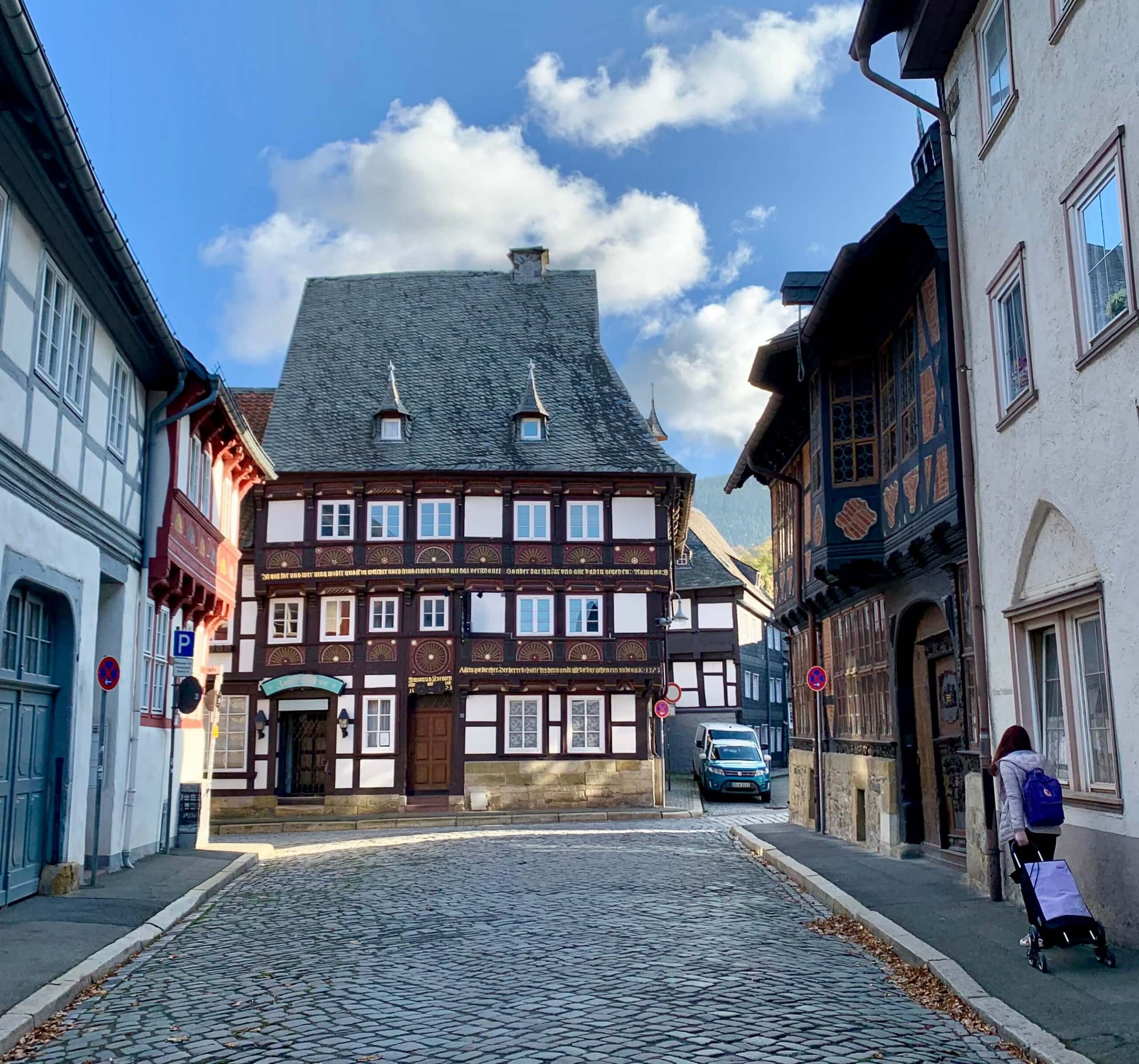
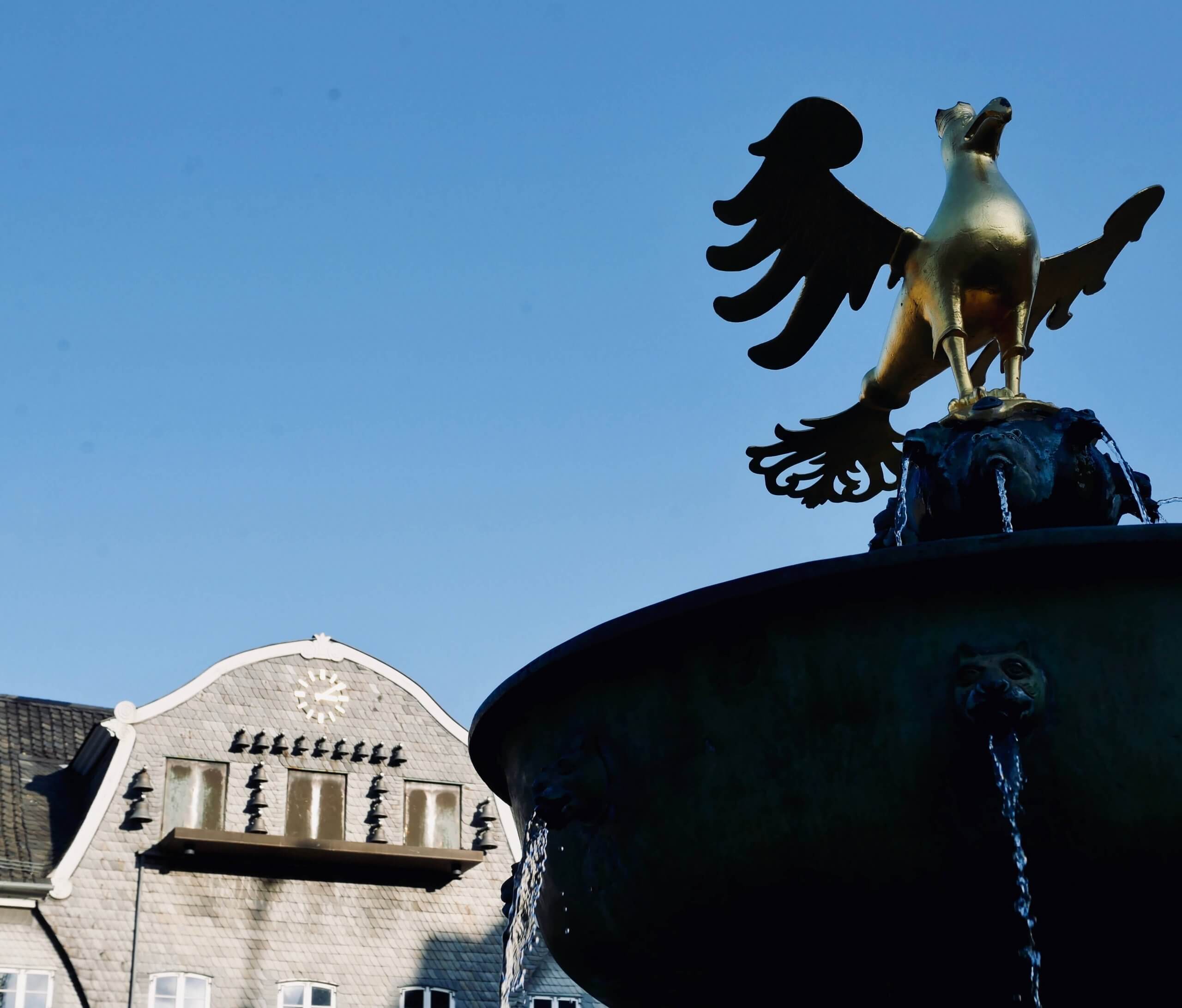
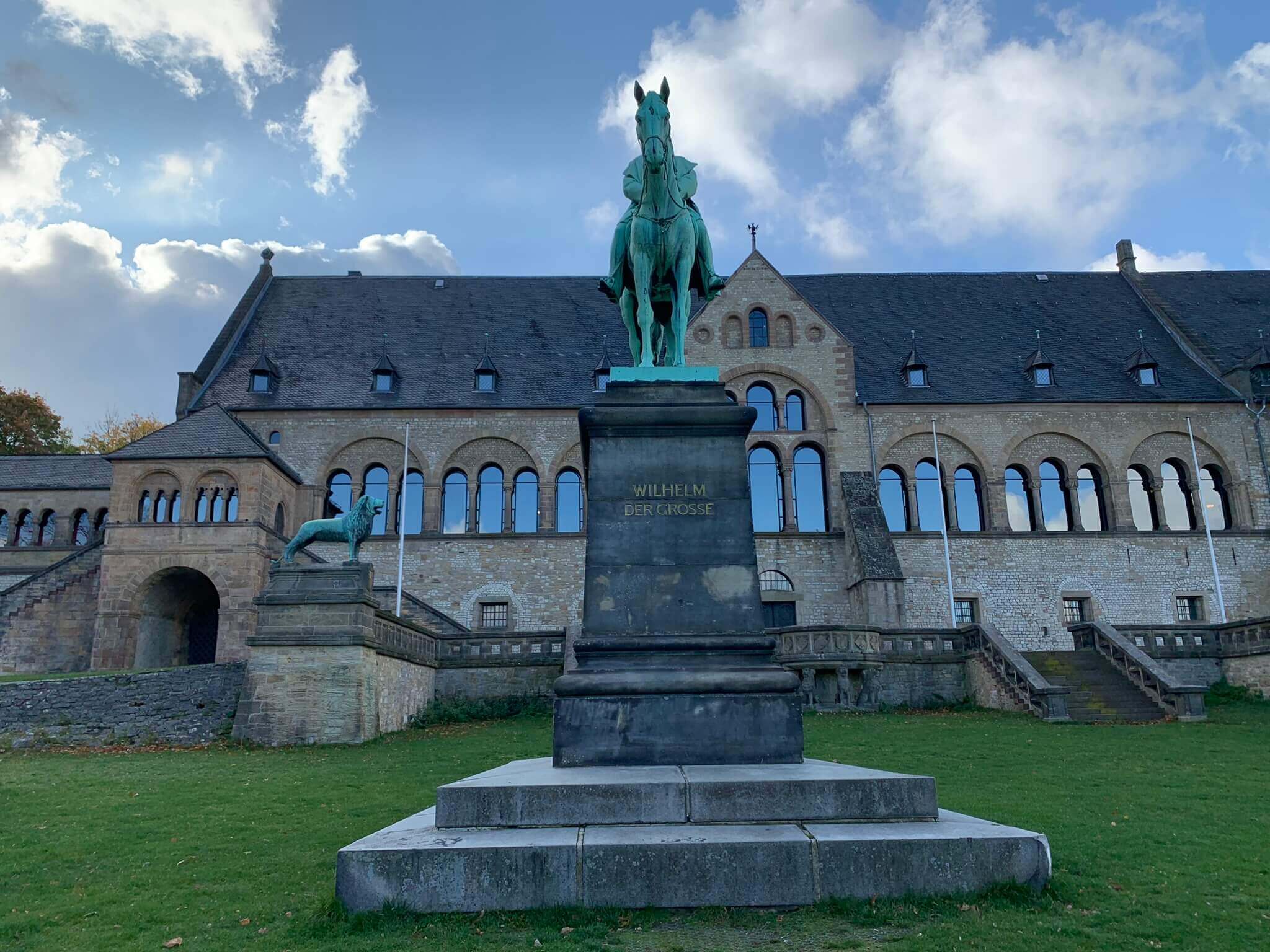
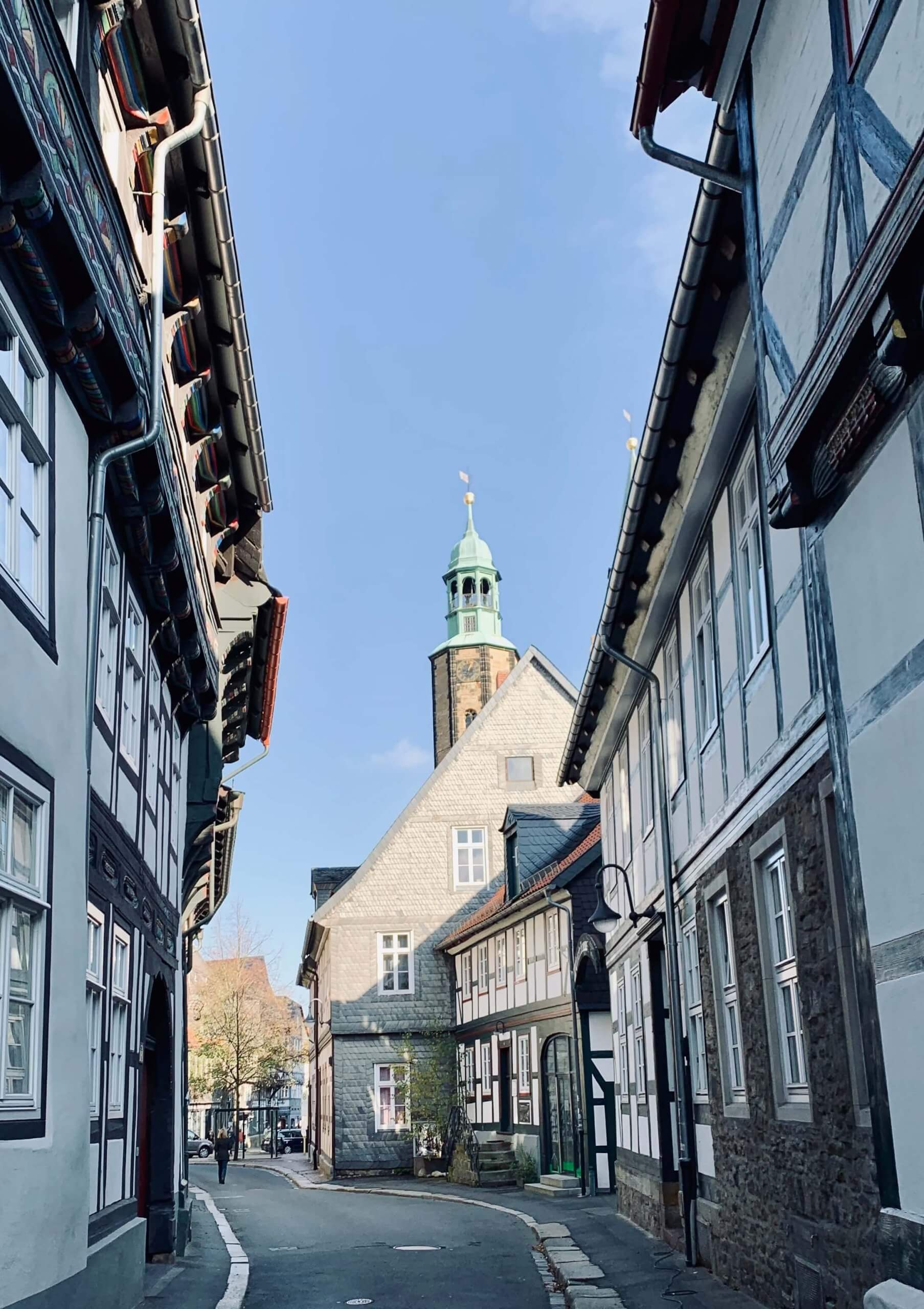
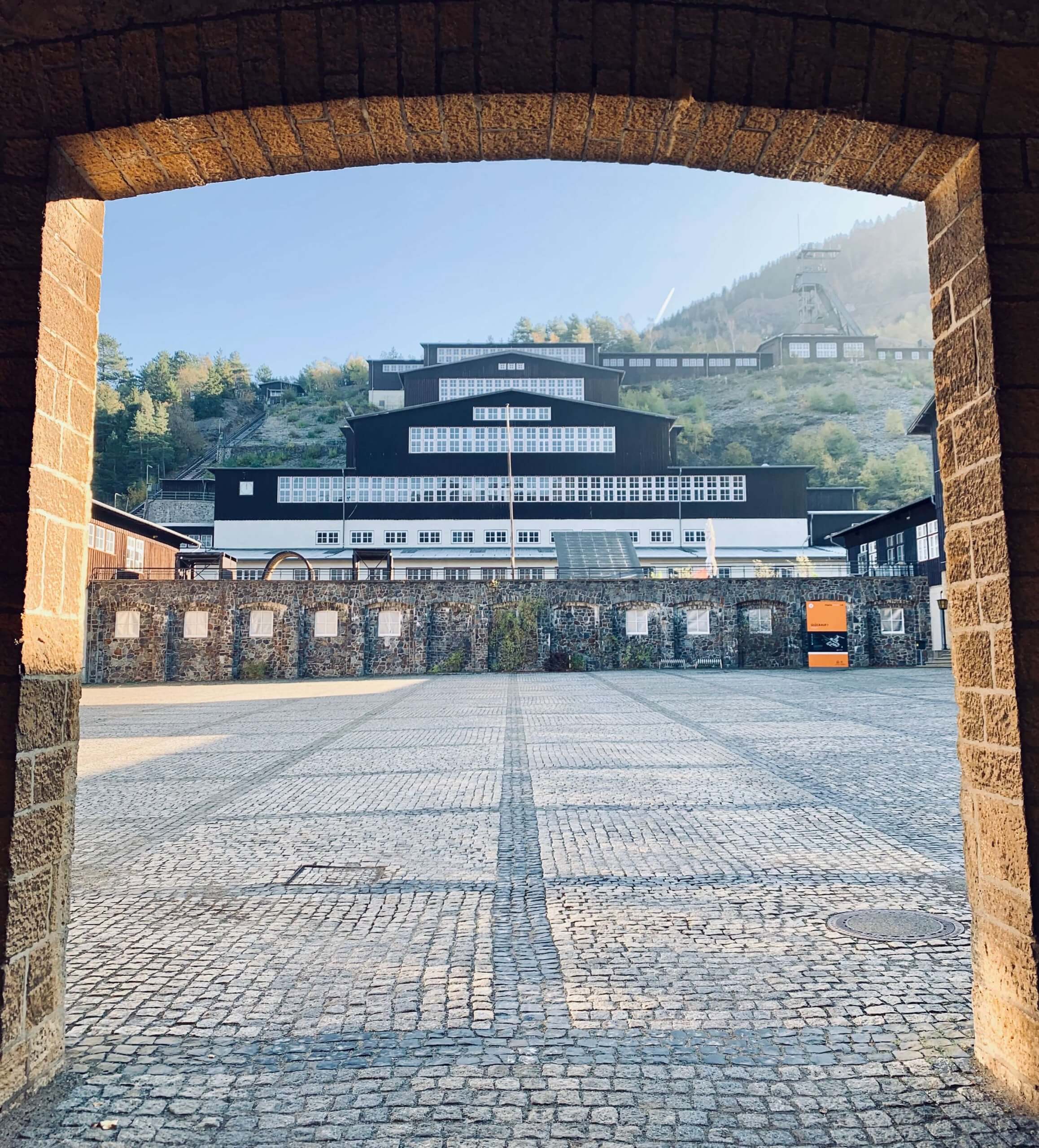
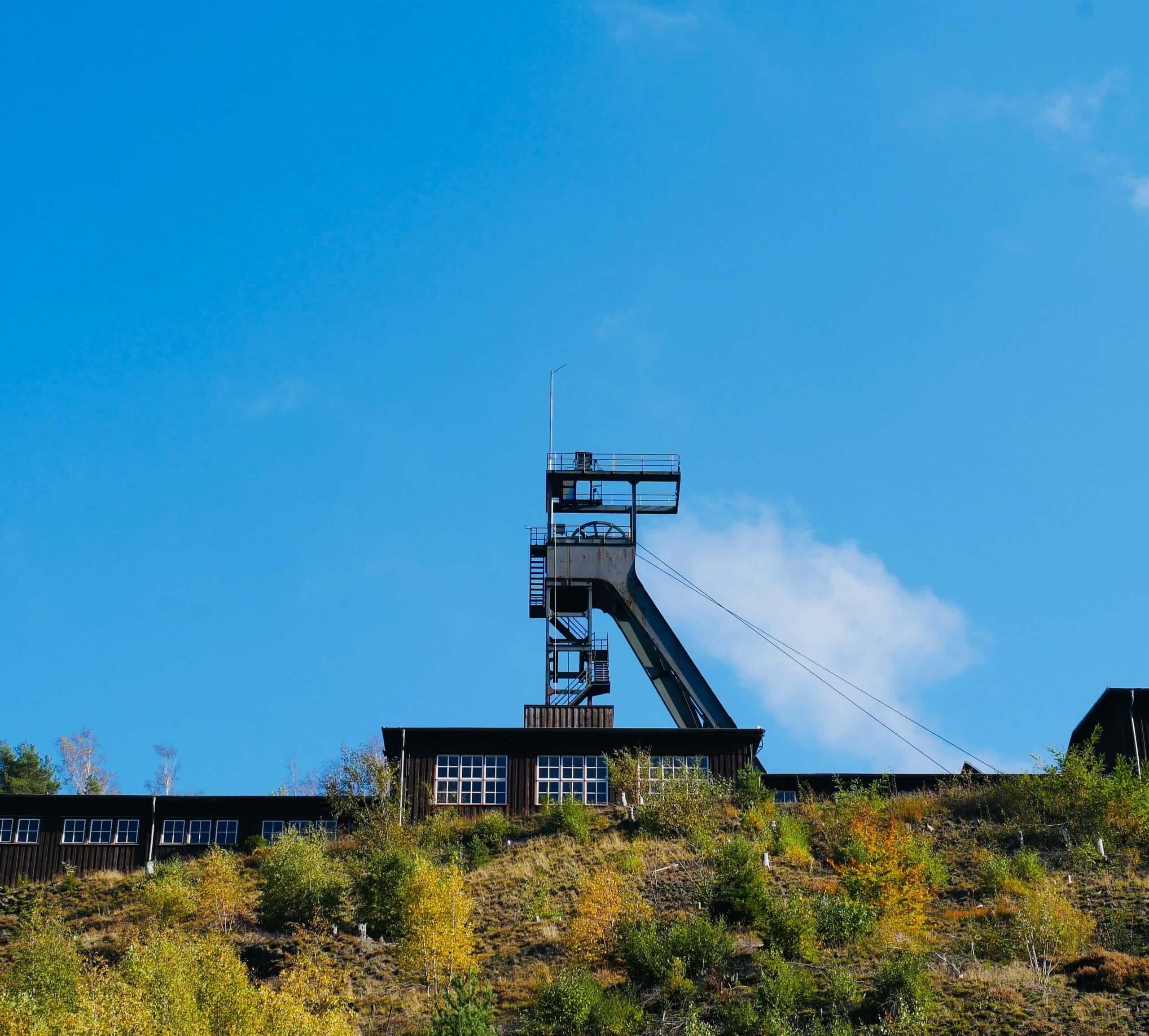
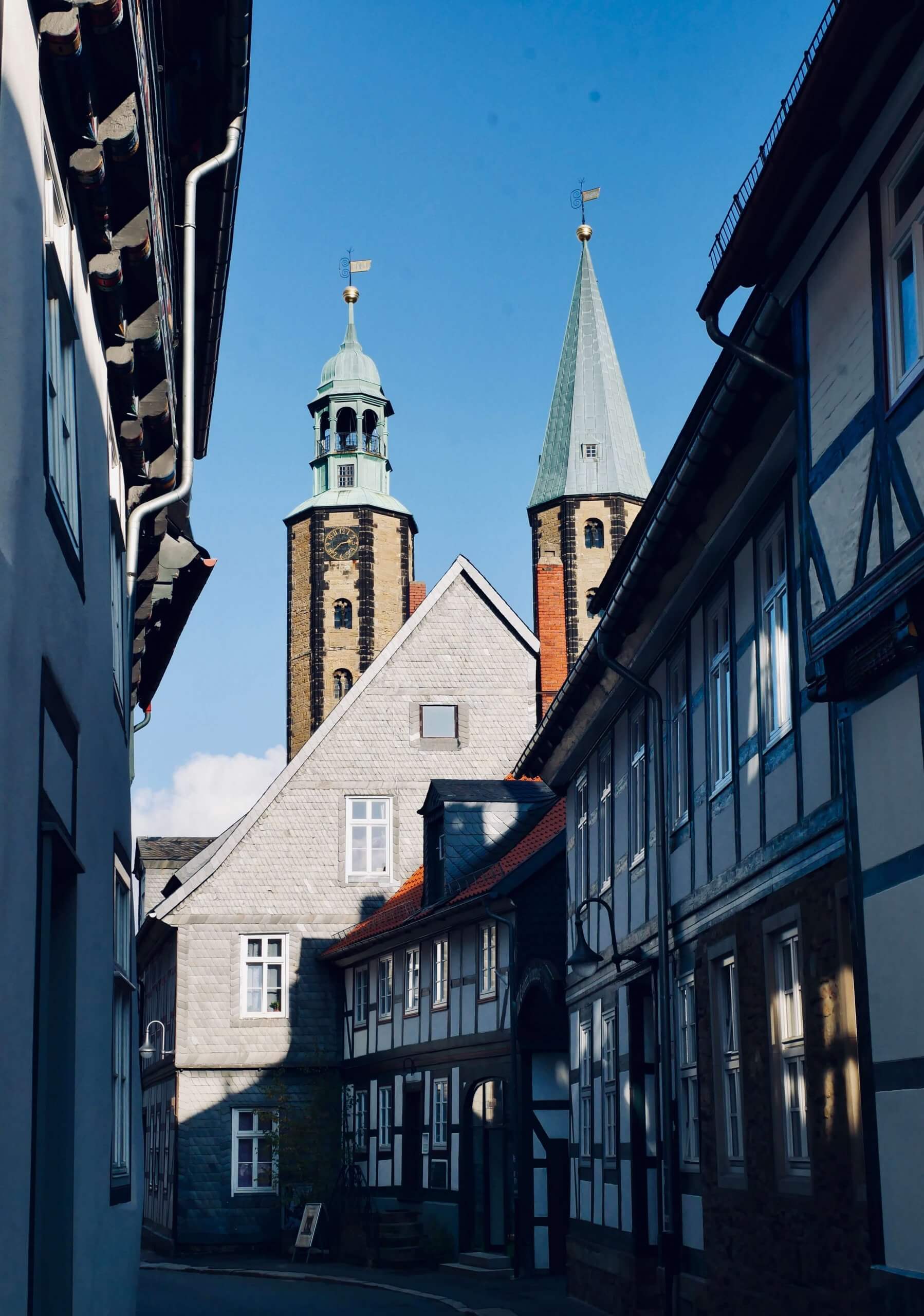
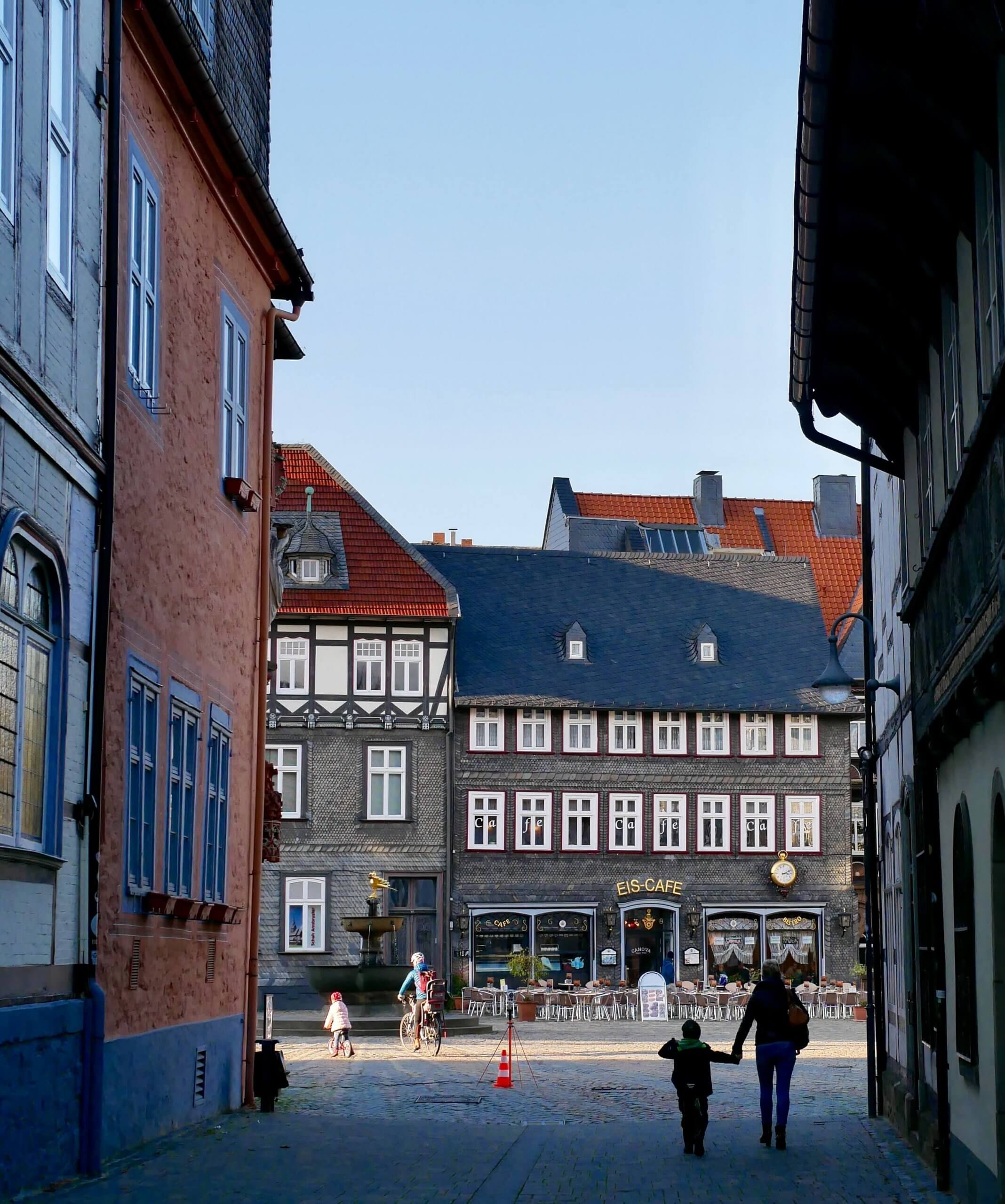
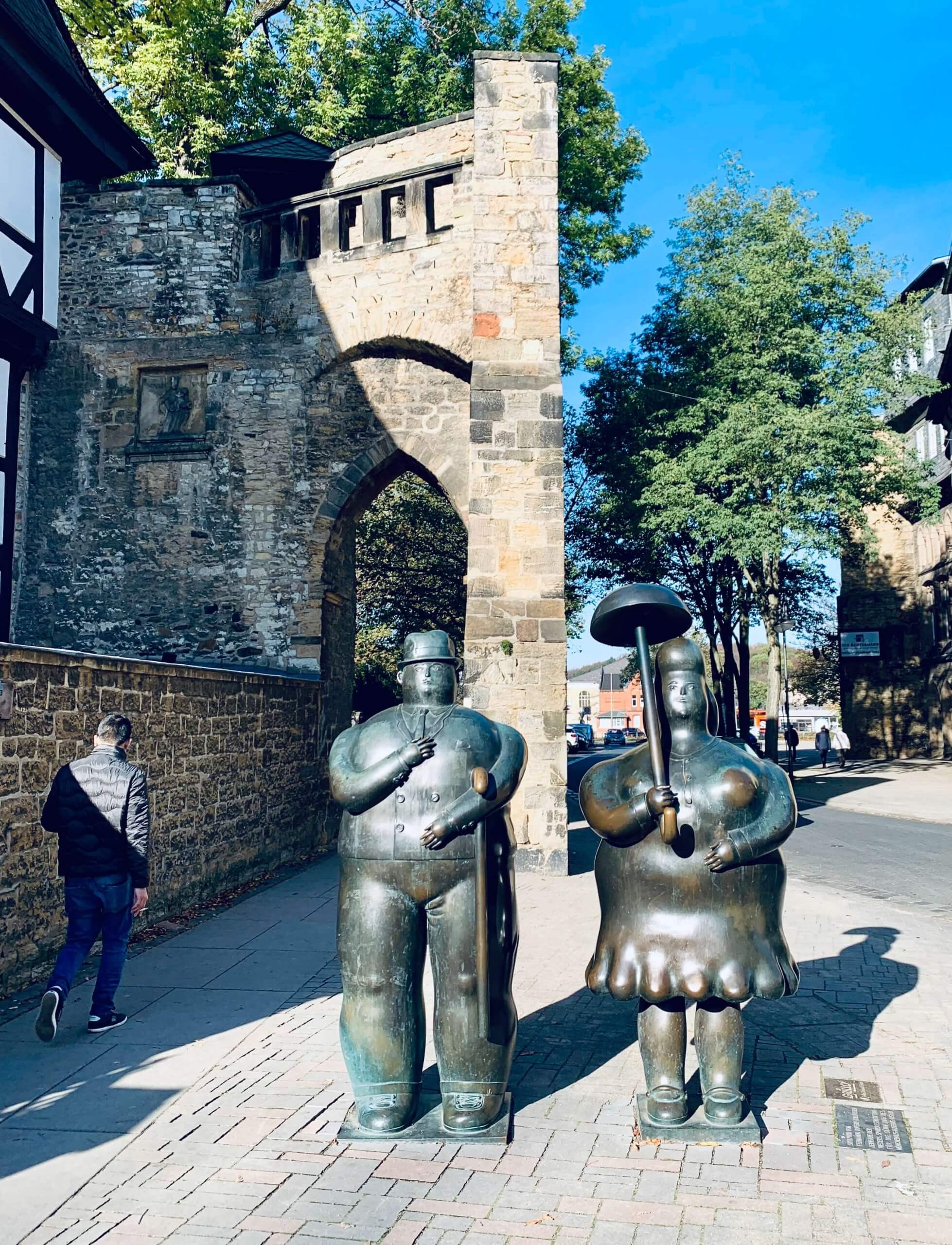
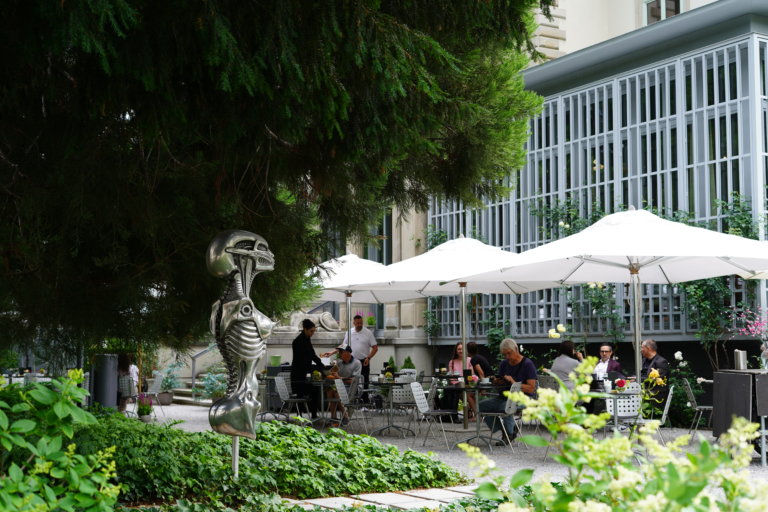
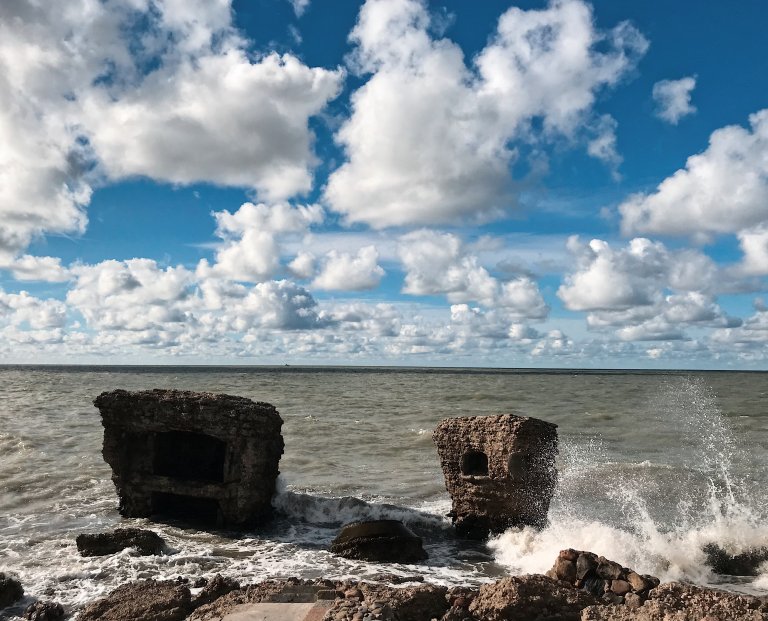
Sounds like fun..would really like to explore Goslar.